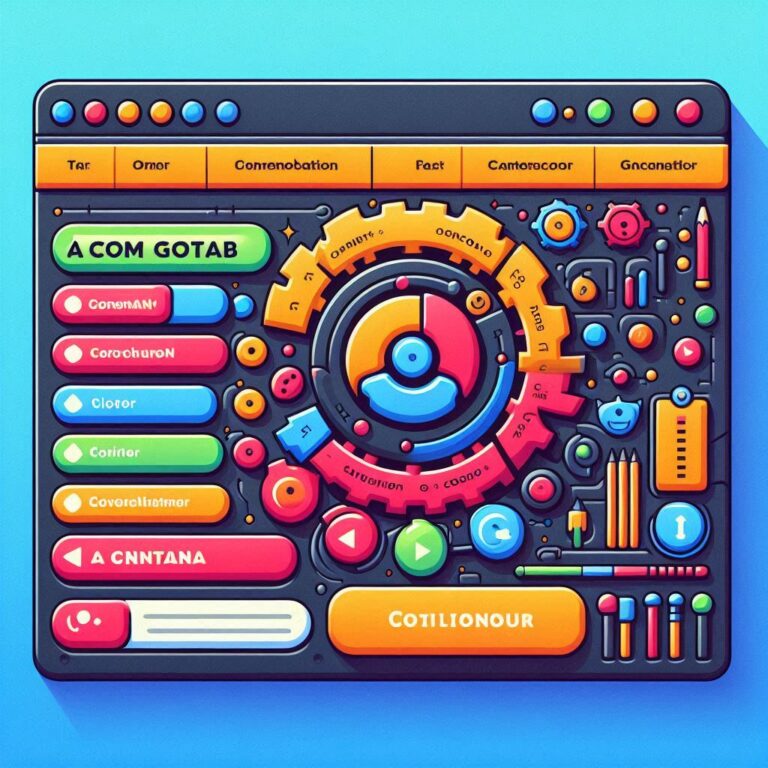
How to Host a Blooket Game hosta hostas
Hosta Hostas Blooket is a gamified educational platform that turns quizzes into interactive games, perfect for classrooms, remote learning, or group activities. Hosting a Blooket game involves creating or selecting a question set, choosing a game mode, and managing a live or asynchronous session. Here’s a step-by-step guide to ensure a smooth and engaging experience.
1. Set Up a Blooket Account
- Why: You need an educator account to host games (students can only join, not host).
- Steps:
- Go to www.blooket.com and click “Sign Up.”
- Register with an email address or Google account. Verify your email if prompted.
- Log in to access the Blooket dashboard, where you’ll manage question sets and games.
- Tip: Ensure your account is set to “Teacher” mode for full hosting capabilities. If you’re using Blooket for non-educational purposes, the process is the same.
2. Choose or Create a Question Set
- Overview: Question sets are the core of Blooket games, containing multiple-choice questions on any topic (e.g., math, science, history, or custom topics like “plants” if you meant “hosta” as a topic).
- Options:
- Create a Set:
- Click “Create” on the dashboard.
- Enter a title (e.g., “General Knowledge” or “Science Trivia”).
- Add questions, correct answers, and optional images. For example, if you’re creating a set about plants (inspired by “hosta”), include questions like “What is the ideal soil pH for hostas?” (Answer: 6.0–7.0).
- Save the set to your library.
- Use Existing Sets:
- Go to the “Discover” tab and search for sets by keyword (e.g., “biology,” “trivia,” or specific subjects). Over 20 million sets are available.
- Preview sets to ensure they’re accurate and suitable for your audience.
- Create a Set:
- Tip: Based on your interest in high-quality content, review sets for accuracy and engagement. Edit imported sets to add flair or correct errors.
3. Select a Game Mode
- Overview: Blooket offers 14 live game modes (as of 2025), each with unique mechanics to keep players engaged. Examples include:
- Classic: Standard quiz mode, great for beginners.
- Gold Quest: Players collect gold while answering questions.
- Crypto Hack: Competitive mode with point-stealing.
- Tower Defense: Strategy-based mode where answers build defenses.
- Steps:
- On the question set’s preview page, click “Host.”
- Choose a game mode based on your audience’s preferences and learning goals. For example, Gold Quest is engaging for younger players, while Classic suits formal reviews.
- Note: Modes like Tower of Doom or Flappy Blook are for solo/homework play, not live hosting.
- Tip: Rotate game modes across sessions to maintain interest, as you’ve previously emphasized engaging content.
4. Configure Game Settings
- Options:
- Time/Goal: Set a time limit (e.g., 10 minutes) or point goal (e.g., 500 points).
- Late Joining: Allow players to join after the game starts (useful for virtual settings).
- Random Names: Enable to assign fun nicknames or disable for accountability.
- Student Accounts: Enable for progress tracking or disable for privacy (recommended for players under 13 to comply with COPPA).
- Show Instructions: Display rules before starting, ideal for new players.
- Steps:
- Adjust settings to balance fun and learning. For example, shorter times increase urgency, while longer games allow deeper engagement.
- Click “Host Now” to generate a game code.
- Tip: For younger audiences, disable account prompts to simplify access, aligning with your past concerns about user-friendly experiences.
5. Share the Game Code
- Overview: A 7-digit Game ID, QR code, or join link is generated for players to join.
- Steps:
- Display the Game ID or QR code on a screen for in-person settings.
- Share the join link (e.g., via email, Google Classroom, or messaging apps) for remote players.
- Instruct players to:
- Visit play.blooket.com.
- Enter the Game ID or scan the QR code.
- Choose a nickname and Blook (avatar). No account is needed unless tracking progress.
- Tip: Share the code securely to prevent unauthorized access, as you’ve emphasized trustworthy processes in past discussions.
6. Run the Game
- Steps:
- Wait for players to join the lobby (visible on your dashboard).
- Click “Start” when ready. Players answer questions, earning points based on the game mode.
- Monitor progress via the host dashboard, which shows live rankings and performance.
- Management Tips:
- Pause the game if technical issues arise or to clarify rules.
- Mute music or go full-screen for better focus.
- Engage players by commenting on leaderboard changes or encouraging teamwork.
- Tip: Keep sessions lively to align with your interest in engaging, high-quality experiences.
7. Review and Analyze Results
- Overview: Post-game reports provide insights into player performance, useful for assessing learning outcomes.
- Steps:
- View the summary report on the dashboard, showing correct/incorrect answers and rankings.
- Use data to provide feedback, plan reteaching, or celebrate achievements.
- Save reports for future reference if using Blooket Plus.
- Tip: Share key insights with players to reinforce learning, reflecting your preference for actionable outcomes.
8. Optional: Assign Homework Mode
- Overview: For asynchronous play, assign a question set as homework.
- Steps:
- Select “Homework” instead of “Host” on the set’s preview page.
- Set a due date and share the Game ID or link.
- Track completion and scores via the dashboard.
- Tip: Homework mode is great for review or absent students, ensuring flexibility.
Troubleshooting Common Issues
- Invalid Game Code: Verify the 7-digit code. Ensure the game hasn’t reached the player limit (60 for free, 300 for Blooket Plus).
- Game Won’t Load: Check that firebaseio.com is unblocked. Disable ad blockers or extensions that may interfere.
- Questions Not Visible: Blooket requires the host’s screen for questions in most modes. Use a projector or share questions verbally if screen-sharing isn’t possible.
- Player Limit Reached: Start a new session or upgrade to Blooket Plus for larger groups.
Why Use Blooket?
Blooket’s gamified format, with avatars (Blooks) and varied game modes, boosts engagement and retention. It supports diverse subjects, aligns with your interest in high-quality, engaging content, and works across devices (smartphones, tablets, desktops). Analytics help tailor future lessons, and the platform’s flexibility suits in-person, hybrid, or remote settings.
If You Meant “Hosta” (Plants)
If “hosta hostas” refers to the plant, I can create a Blooket question set about hostas for hosting. Example questions:
- “What light conditions do hostas prefer?” (Answer: Partial shade)
- “Which pest commonly affects hostas?” (Answer: Slugs) I can provide a full question set or host a game on this topic if desired. Please confirm if this was your intent.
Conclusion
Hosta Hostas Hosting a Blooket game is simple: create or choose a question set, select a game mode, configure settings, share the code, and manage the session. By tailoring game modes and settings to your audience, you can create a fun, educational experience. If you meant something specific by “hosta hostas” (e.g., a topic for the game or another platform), let me know, and I’ll adjust the response. Would you like a chart visualizing the hosting steps or game mode comparisons?



1 thought on “The Hosta Hostas: Step To Step Guide”